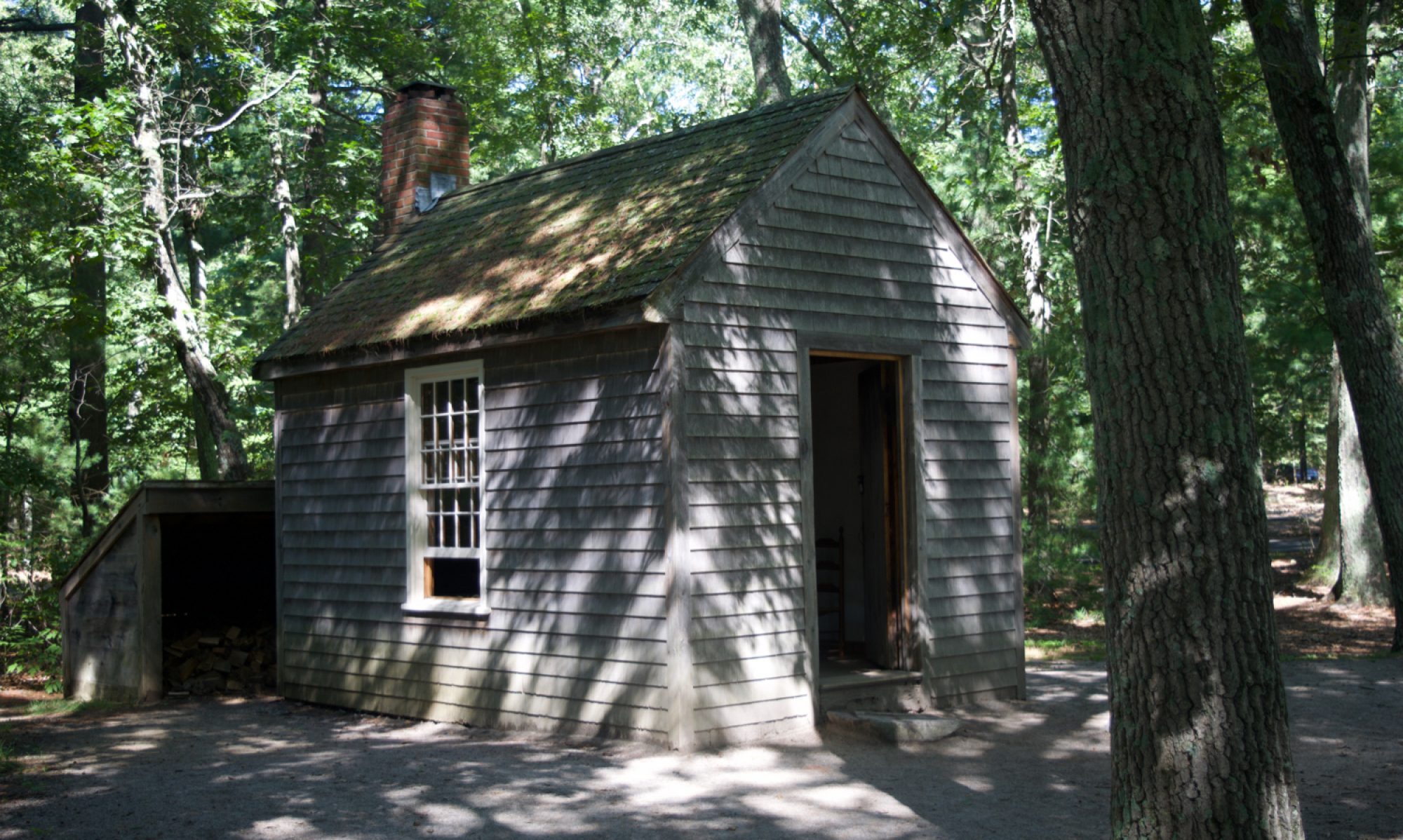 Holtsfield and Owensfield are two of the chalet fields of the Gower Peninsula in South Wales, originally dating back to the decades before the Second World War that saw similar “hutting” and “plotlands” developments across Britain. The chalets were holiday homes and weekend retreats for “weekenders” from south Wales including the nearby city of Swansea, but over time they have become people’s full time homes. Both chalet fields are adjacent to Bishop’s Wood Nature Reserve which leads down to the coast at Caswell Bay and its beach, and the area has the caravan parks that are often a tell-tale sign of pre-war coastal plotland areas.
Holtsfield and Owensfield are two of the chalet fields of the Gower Peninsula in South Wales, originally dating back to the decades before the Second World War that saw similar “hutting” and “plotlands” developments across Britain. The chalets were holiday homes and weekend retreats for “weekenders” from south Wales including the nearby city of Swansea, but over time they have become people’s full time homes. Both chalet fields are adjacent to Bishop’s Wood Nature Reserve which leads down to the coast at Caswell Bay and its beach, and the area has the caravan parks that are often a tell-tale sign of pre-war coastal plotland areas.
In Holtsfield’s case, as you can see from this photo from the early years of the site, the progression was from camping to weekend huts, to a refuge from wartime bombing, and eventually to residential use – and to a much more wooded site as a by-product.
The 14-acre site passed from the ownership of Mr Holt in the 1990s but the new landowner has sought to evict the owners of the 27 chalets to develop the land for much more expensive conventional houses. The Undercurrents.org and The Land Is Ours websites have more about the protests and legal steps the residents took in the late 1990s which has helped they survive there to the present day, although not without some remaining threats to their situation.
Here are two films made around the time of the eviction dispute in the 1990s, first by Undercurrents and then by BBC Countryfile:
https://www.youtube.com/watch?v=n5C7oXoHxaA
https://www.youtube.com/watch?v=W7bA5xNrxgU
The last film is from BBC Wales’ The Slate arts programme:
https://www.youtube.com/watch?v=4GDI8iyY-94
Last year Holtsfield and Owensfield were in the news after Royal Mail deliveries were suspended due to access problems.
These four photos of Owensfield are from the Gower chalet fields album in Stefan Szczelkun’s Plotlands UK Flickr group, which also has images of the Hareslade and Sandy Lane sites:
This Google map shows the two chalet fields, with Holtsfield to the northwest of Owensfield. Holtsfield is at the end of a roadway from Mansfield Road, and Owensfield is at the end of Summerland Lane. If you zoom in, the chalets are quite distinctive in their size and layout when compared to the conventional houses nearby.
[googlemaps https://www.google.com/maps/embed?pb=!1m13!1m11!1m3!1d2987.807234495165!2d-4.031303999999994!3d51.5756049!2m2!1f0!2f0!3m2!1i1024!2i768!4f13.1!5e1!3m2!1sen!2sus!4v1434885852287&w=600&h=450]
















































